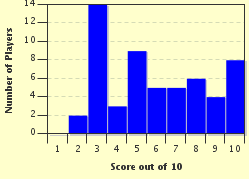Quiz Answer Key and Fun Facts
1. Singapore is thriving, in part, because of its position as a transportation hub in Asia. Where exactly is it?
2. As the captain announces we will be landing from the north as soon as we cross the Jahor Strait, I can see a long causeway that connects Singapore to a larger landmass. Therefore I conclude that Singapore is made up of two main islands with the airport being on the smaller one.
3. As we land at Changi Airport, I am reminded that in WWII, Changi was a much different place. Given I am Australian, it seems ironic I am interested in Changi. What was the main infamous facility here?
4. One of the features of Singaporean culture is the harmony of many different cultures living harmoniously together. There are particular areas dedicated to some of these cultures. Which of the following is *NOT* one of these areas in Singapore?
5. Anybody who goes to Singapore needs to do the traditional tourist thing and visit Raffles Hotel, a fine example of colonial architecture. This establishment is known for one particular drink, of which one should partake when visiting. What is this infamous drink?
6. Guarding the entrance to the Singapore river is a 8.6m tall statue. This statue has the head of a tiger and the body of a fish. This represents the origin of Singapore's name which means Tiger City.
7. Time for some lunch. Singapore is known for its cuisine particularly its street food. But I can't see any food trucks or street carts. Why not?
8. Just off the southern coast of Singapore there is a small island called Sentosa Island that is popular with tourists and locals alike. Why?
9. Given the multiculturalism that is the very basis of Singaporean society, I was very surprised to see a crescent and stars on the Singaporean flag. Do these symbols represent the Islam religion, on the flag?
10. As my day ends in Singapore I can't help think how rapidly Singapore has grown and how prosperous it feels. Singapore is considered an economic jewel in Asia. It is one of four "Tiger" economies. Which are the other three Tigers?
Source: Author
1nn1
This quiz was reviewed by FunTrivia editor
agony before going online.
Any errors found in FunTrivia content are routinely corrected through our feedback system.


